Roundtable: Accidental Preplant Nitrogen
How will soybeans respond if you accidently put down nearly 200 lbs. of nitrogen (N) prior to planting? That was the question a grower in eastern Iowa asked me early in May when he called and said his co-op applied 180-125-200 lbs. actual of N-P-K on cornstalks going to soybeans. He explained that the mix was intended to go on soybean stubble in a field going to corn and was a 2-year spread for corn followed by soybeans. He added that the co-op was willing to cover the cost of the N, but not the P and K since [...]
Corn vs. Soybeans: Which Benefits From Early Planting The Most
Most growers have been pushing the planting envelope earlier and earlier, of course weather permitting. However which crop, corn or soybeans, benefits more from early planting? The diehard corn growers out there will probably vote that corn yields benefit more from early planting because the yield penalty for late planting can be greater. However, those who study soybean planting date and yield trends recognize that soybeans benefit more from early planting by increasing yield 5 to 10% over the traditional May planting date. History: For many years growers planted corn first, usually starting the last week in April when [...]
PODCAST: Delayed Planting Impacts Soybean Growers
Soybean agronomist, Dan Davidson, shares his insights on the impact an unusually wet Winter and Spring will have on the 2019 planting and growing season.
Saturated Soils and Yellowing Soybeans
It has been a cool and wet spring, which has led to ponded fields, saturated soils, and delayed field work and planting. The crop, once planted, will get off to a late start. If the weather turns and it gets dry and warm the crop will get planted and, hopefully, the rest of the season will remain ideal for the soybean crop to develop. However, if this rainy pattern continues through June, even if it abates for a week or two to allow planting, continued rain and cloudy weather will slow down development. And when soybeans are slow out [...]
New Uses for Soy Hulls
When soybeans are crushed, the three end products are oil, meal (protein) and hulls. And of the three, soy hulls have the least value. The crusher will blend some off in the meal and find other uses for them. But now science has found new uses, turning hulls into value-added products. A lot of hulls are produced annually. For example, the 2018 crop year is expected to crush over 2 billion U.S. bushels (120 billion lbs.), which will be a historical record. Soybeans contain 3 to 5 lbs. of hulls per bushel and a 2-billion-bushel crush (at 4 lbs. [...]
The Row Spacing Conundrum
What is the best row spacing for soybeans: 7.5, 10, 15, 20 or 30 inches? That is a question I got one morning in April. My short answer was: it depends. I have been tracking row spacing and yield on soybeans for 15 years now and my conclusion is that soybeans can yield similarly regardless of row spacing and narrow rows don’t always outyield wider rows. Today row spacing for soybeans seems to be driven by the row spacing for corn. If you plant corn in 30-inch rows you will plant soybeans in 30-inch rows. If you plant corn [...]
Soy-based Fertilizer
If you are an organic farmer and looking for a source of organically certified nitrogen, a soy-based fertilizer is available. Soybeans have many unique uses beyond crude protein for livestock, vegetable oil and biodiesel. They have food and industrial uses as well, and recently a company started marketing Dust, a seed box lubricant made from soybean protein isolate to replace talc. There is also a nitrogen fertilizer made from soybean meal. Grower’s Secret manufactures two products, one with an analysis of 14-0-0 and one with 16-0-0. They purchase organically produced soybeans and mechanically extrude the oil with an impeller. [...]
What’s the Measure of Soybean Success
What technologies should farmers adopt to obtain the next incremental soybean yield gains after they have done everything else right? That was the question we asked ourselves back in 2012 when we set out to write the Illinois Soybean Production Guide, sponsored by the Illinois Soybean Association. Prior to 2012 many growers felt that soybean yields were stagnant while corn yields kept increasing. Growers treated soybeans as a second-class rotational crop because their yield expectations were quite low. Soybean yields were slowly increasing with genetic gains of a third to half a bushel per year, while corn yields increase [...]
Spring Flooding and Spring Planting
Excessive rainfall and quick snow melt have led to flooding, ponding water and saturated soils. These conditions could impact when acticities begin this spring. The excessive flooding in parts Farm Field, Douglas County Nebraska, March 17, 2019. of the U.S. has done property, infrastructure and even soil damage. Farmsteads, roads, bridges and waterways (creeks and rivers) have been impacted by flooding. Excessive runoff and rainfall have inundated farm fields with water and debris and caused erosion. Fields will need to drain and dry, be cleaned of debris and have erosive gullies corrected before field work can begin. The outcomes [...]
Can Better Seed Singulation Improve Yield?
Will precisely singulating soybean seed down to 1-inch plant-to-plant spacing improve pod count and potential? Several agronomists, including me, think this could be true even though there is no data yet on this question. Corn planting is all about seed singulation and precisely placing every seed at the right depth and right spacing between seeds. Everyone appreciates the rows of corn that look like a picket fence with all the plants equally spaced and emerging at the same time. Each plant has nearly the same stalk and ear girth. We have all seen the photos and manufacturers have excelled [...]

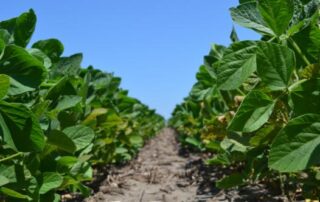
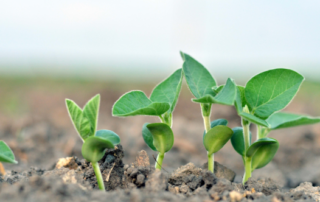

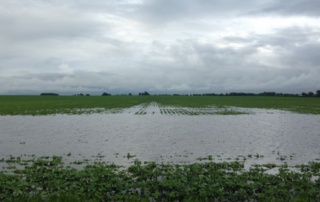
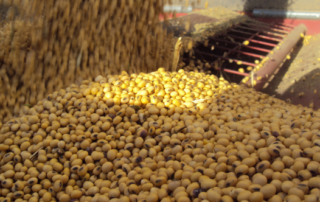
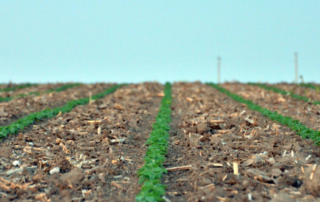
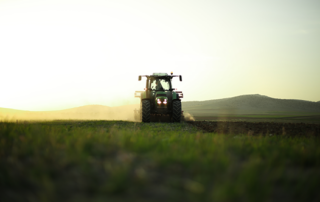
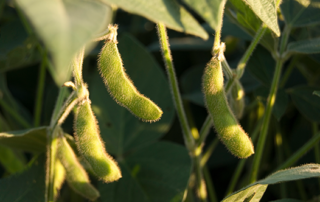

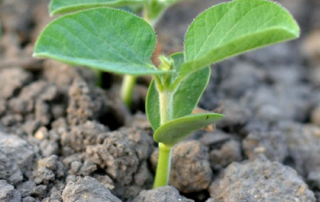

 and then
and then